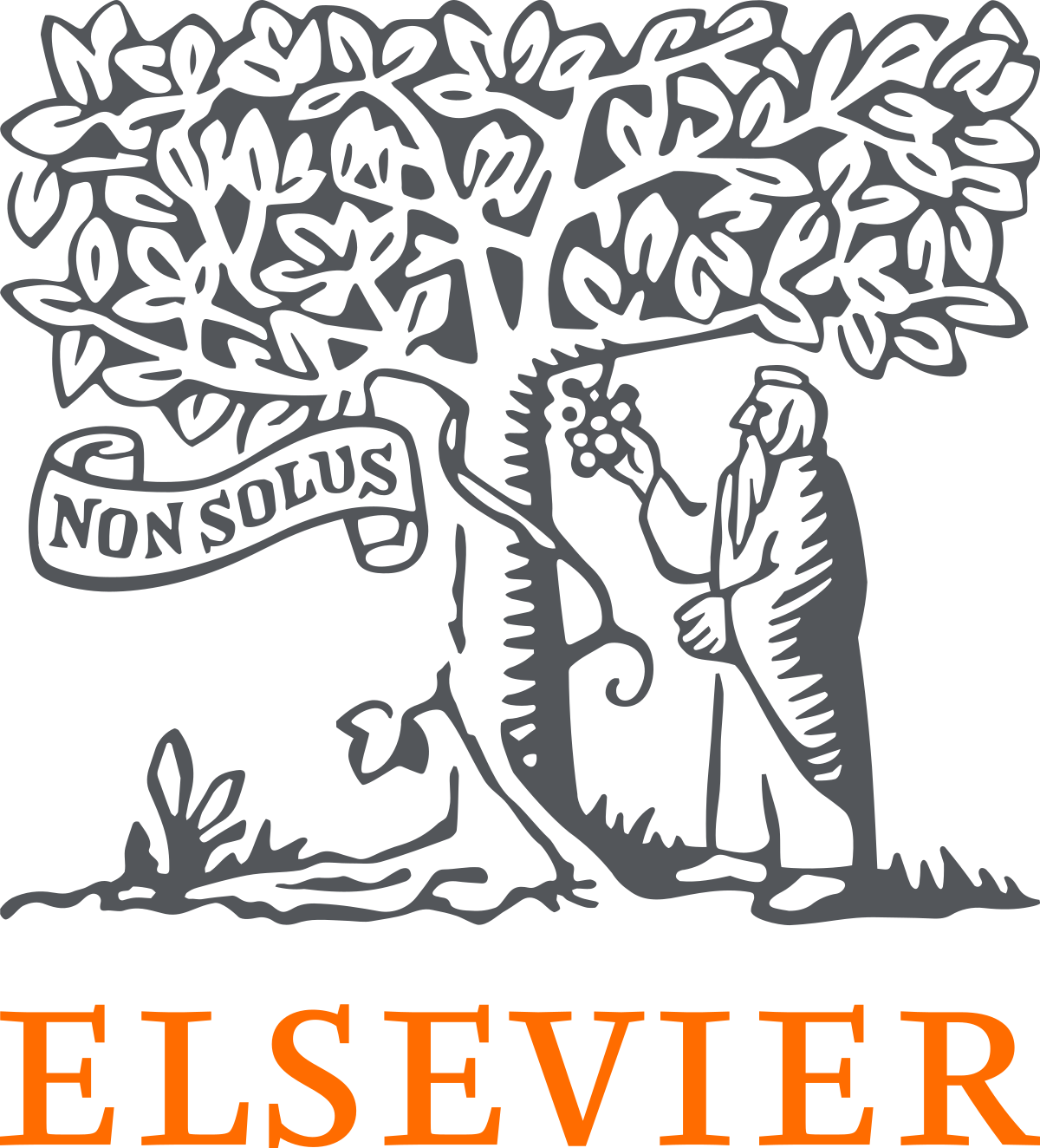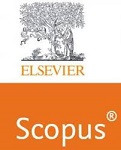VoiText Care: ANFIS driven Persuasive Mobile Application for Medication Adherence Intervention
Keywords:
agent voice call, ANFIS, intervention, medication adherence, persuasive technology, SMS,Abstract
The prevalence of medication non-adherence to long-term therapies among outpatients with chronic disease has continued to be an issue of serious concern to healthcare institutions and general public. Multifaceted intervention approach to motivate and promote positive health behavior of patients towards medication adherence is highly needed. In this paper, the design of voice and text (VoiText Care App, a persuasive mobile application that leverages patient’s assessment score of medication non-adherence level (data) with four (4) linguistic terms (variables) generated by ANFIS algorithm for delivering of personalized and persuasive adherence intervention message is proposed. The four linguistic variables (terms) of medication non-adherence level are: very low non-adherence (VLNA), low non-adherence (LNA), high non-adherence (HNA) and very high non-adherence (VHNA). With assessment score, level of non-adherence of patient is mapped with linguistic terms and it is used to determine the persuasion strategy or principle to be adopted for the composition of the persuasive messages. With combined potential of agent voice call, short message service of mobile phone technology, persuasive strategies and web portal, the developed persuasive mobile application could efficiently improve adherence to medication.
Downloads
References
Aikaterini, K. & Stephen, S. (2017). Reasons for non-adherence to cardiometabolic medications, and acceptability of an interactive voice response intervention in patients with hypertension and type 2 diabetes in primary care: a qualitative study. BMJ Open 2017;7:e015597.doi:10.1136/bmjopen-2016-015597
Altuwayrib, S. A., Mark Freeman, Nawaf Almutair & Khin Than Win (2024) Persuasive Design Principles for a Medication Adherence App for Chronic Arthritis Conditions. Persuasive Technology: 19th International Conference, PERSUASIVE 2024, Wollongong, NSW, Australia, April 10–12, 2024, Proceedings. pp 42-53 https://doi.org/10.1007/978-3-031-58226-4_4
Ataguba G, Orji R. Toward the design of persuasive systems for a healthy workplace: a real-time posture detection. Front Big Data. 2024 Jun 17;7:1359906. doi: 10.3389/fdata.2024.1359906. PMID: 38953011; PMCID: PMC11215059.
Brown, M. T., & Busell, J. K. (2011). Medication adherence: WHO cares?Mayo Clin. Proc. 86, pp. 304 –314.
Cialdini, R. (2001). Influence: Science and Practice. Allyn and Bacon, Boston.
Costa, E., Giardini, A., Savin, M., Meditto, E., Lehane, E., Laosa, O., Pecorelli, S., Monaco, A. & Marengoni, A. (2015). Interventional tools to improve medication adherence: Review of literature. Dovepress Vol. 9 pp. 1303-1314.
Egwor, A. A., Onibere, E. A., & Odion, P. O. (2018). Application of neuro-fuzzy system: a literature review.” International Journal of Computer Science and Network Security, Vol. 18, No.12
Engelbertink, M.M.J., Kelders, S.M., Woudt-Mittendorff, K.M. et al. Participatory design of persuasive technology in a blended learning course: A qualitative study. Educ Inf Technol 25, 4115–4138 (2020). https://doi.org/10.1007/s10639-020-10147-x
Foggi, C. H. (1998). Persuasive computers: persperctives and research directions. Proceedings of the SIGCHI Conference on Human Factors in Computing Systems. Doi: 10.1145/274644.274677.
Forman, L. S., Gregory, J. Patt, Sharon M. Coleman, Elena Blokhina, John Lu, Tatiana, Yaroslavtseva, Natalia Gnatienko, EvgenyKrupitsky, Jeffrey H. Samet, & Christine E. Chaisson. (2018). Use of Android phone application for automated text messages on International settings: A case study in an HIV clinical trial in St. Petersburg, Russia”, Clinical Trials.Vol. 15(1) 36-43.
Fritz. T., Murphy, G.C. & Zimmermann, T. (2014). Persuasive technology in the real world. A study of long-term use of activity sensing devices for fitness.
Hameed, S. A., Shahina, B. T., MohdSharifudeen, N., Nur, D., Hassan, A. & Khalifa, O. (2011). Web-Based and SMS to facilitate health medical emergency, Australian Computer Society, Incorporation.
Julius, M. S., Alo, U. R., Onu, F. U. & Akobundu, C. I. (2021). Machine learning framework to predict patient non-adherence to medication using non-clinical data: A prognosis approach. International Conference on Computer and Communications Management, ACM.
Julius, M. S., Alo, U. R., Onu,F. U., Akobundu, C. I., Agwu, C. O., Ogbu, N. H., & Eze, F. C. (2024). Cloud-Based Medication Non-adherence Assessment and Intervention System, International Congress on Information and Communication Technology, Springer Nature Singapore. Pp 647-658
Khin Than Win, Judy Mullan, Sarah Howard, Harri Oinas-Kukkonen. Persuasive Systems Design Features in Promoting Medication Management for Consumers.
Lopez, F. S. & Condori-Fernandez, N. (2017). Design of an adaptive mobile application for simulating the medication adherence. ICST Institute for Computer Sciences, Social Informatics and Telecommunications Engineering, 2017. ENICST178, pp: 99-105. DOI: 10.1007/978-3-319-49616-0-9.
Loughran, Elliot and Gibson, Jewyl, "Using Mobile Apps to Improve Medication Adherence in Patients with Hypertension" (2023). Graduate Publications and Other Selected Works - Doctor of Nursing Practice (DNP). https://trace.tennessee.edu/dnp/97.
Orji, Rita & Maffath, R. (2018). Persuasive technology for health and wellness state-of–the art and emerging trends. Health Informatics Journal. Vol-24(1) 66 – 91.
Przemyslaw Kardas (2024): From non-adherence to adherence: Can innovative solutions resolve a Longstanding problem? Medication Adherence Research Center, Department of Family Medicine, Medical University of Lodz, Lodz, Poland
Reidel, K., Tamblyn, R., Patel, V. & Huang, A. (2008). Pilot study of an interactive voice response system to improve medication refill compliance”, BMC Medical Informatics and Decision Making 2008, doi: 10.1186/1472-6947-8-46, July (2008).
Shellmer, D. A, Dew, M. A., Mazariegos, G. & DeVito D. A. (2016). Development and field testing of Teen Pocket PATH, a mobile health application to improve medication adherence in adolescent solid organ recipients”, Pediatric Transplantation, Published by John Wiley & Sons Ltd 2016.
Shi, L., Li, X., & Win, K. T. (2024). Investigating mobile persuasive design for mental wellness: A cross-domain analysis. International journal of medical informatics, 185, 105353. https://doi.org/10.1016/j.ijmedinf.2024.105353
Thakkar, J., Rahul, K., Tracey-Lea, K. S., Aravinda, T., Anthony, R., Mark, W. R., Julie, R. & Clara, K. C. (2016). Mobile telephone text messaging for medication adherence in chronic disease. JAMA Intern Med. 176(3):340-349. Doi:10.1001/jamainternmed.2015.7667
Tran S, Smith L, El-Den S, Carter S .(2022). The Use of Gamification and Incentives in Mobile Health Apps to Improve Medication Adherence: Scoping Review. JMIR Mhealth Uhealth 2022;10(2):e30671.URL: https://mhealth.jmir.org/2022/2/e30671. DOI: 10.2196/30671
Downloads
Published
How to Cite
Issue
Section
License

This work is licensed under a Creative Commons Attribution-ShareAlike 4.0 International License.
All papers should be submitted electronically. All submitted manuscripts must be original work that is not under submission at another journal or under consideration for publication in another form, such as a monograph or chapter of a book. Authors of submitted papers are obligated not to submit their paper for publication elsewhere until an editorial decision is rendered on their submission. Further, authors of accepted papers are prohibited from publishing the results in other publications that appear before the paper is published in the Journal unless they receive approval for doing so from the Editor-In-Chief.
IJISAE open access articles are licensed under a Creative Commons Attribution-ShareAlike 4.0 International License. This license lets the audience to give appropriate credit, provide a link to the license, and indicate if changes were made and if they remix, transform, or build upon the material, they must distribute contributions under the same license as the original.





